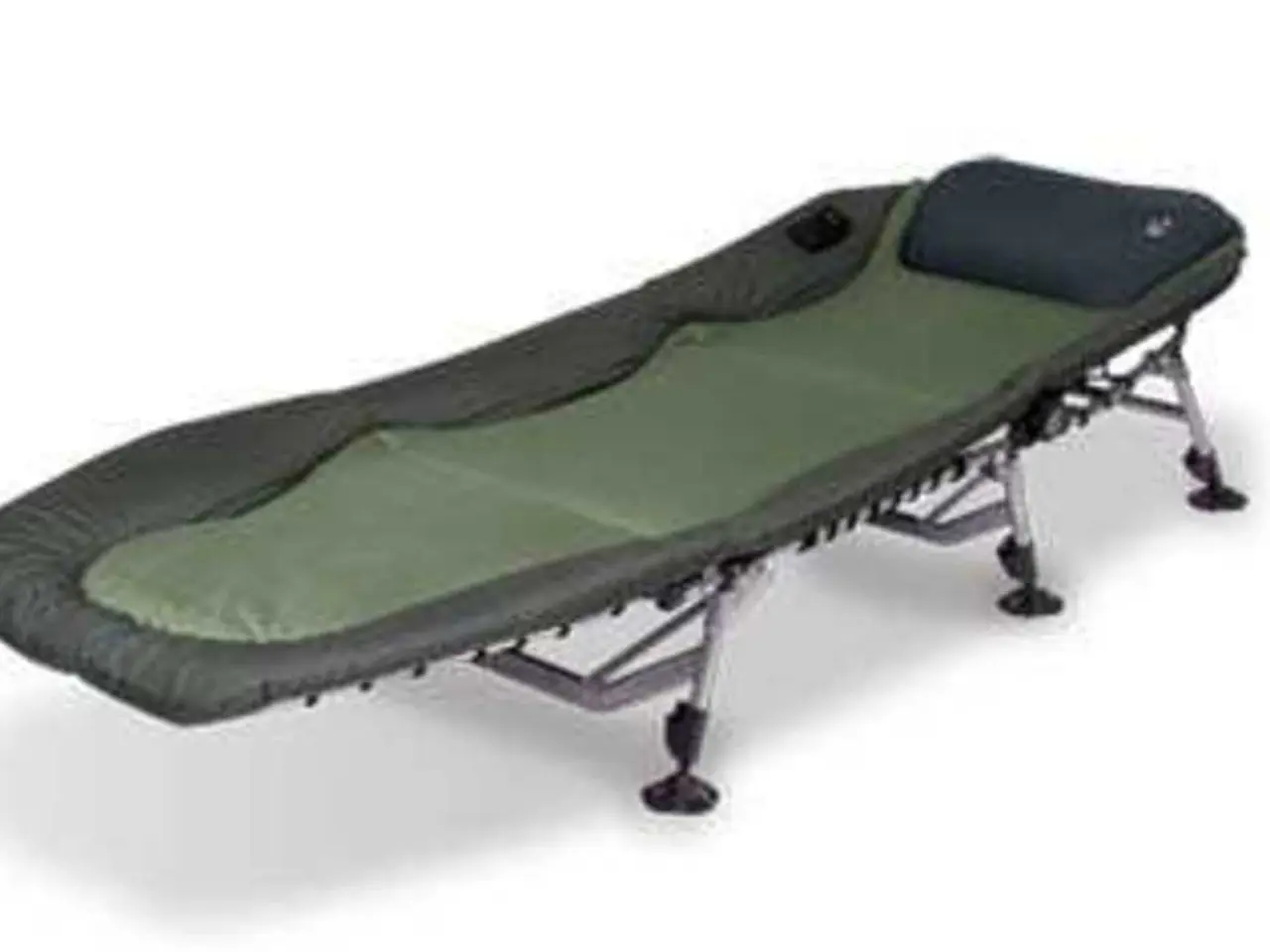Injured Knee Ligament: Options for Healing and Rehabilitation
In the realm of sports injuries, one of the most common knee ligament issues is the Anterior Cruciate Ligament (ACL) tear. This article aims to provide a clear and concise overview of ACL injuries, treatment options, and recovery timelines.
Treatment Options
When it comes to treating an ACL tear, the approach depends on the severity of the ligament damage and the individual's overall health. Two main treatment options exist: nonsurgical and surgical.
Nonsurgical treatment is suitable for minor or partial ACL tears and focuses on physical therapy to strengthen surrounding muscles, improve knee stability, and regain function. This approach requires 3 to 6 months of rehabilitation but cannot fully restore a completely torn ACL as it does not heal on its own due to the lack of blood vessels.
Surgical treatment, or ACL reconstruction, is necessary for full ACL tears or when knee stability and function cannot be restored nonsurgically. This procedure involves reconstructing the ligament using a graft (often from the patient’s own tissue) followed by a structured and lengthy rehabilitation process.
Recovery Timelines
Recovery timelines for ACL injuries vary depending on the treatment chosen. For minor ACL tears treated nonsurgically, recovery can take 4 to 6 weeks (for minor tears) up to 3 months (for moderate tears), with a focus on rest, physical therapy focusing on strength and stability.
Recovery after ACL reconstruction surgery typically takes 6 to 9 months for a full recovery, with key phases including pain and swelling management, progressive physical therapy, and a gradual return to sports activities usually by 9-12 months.
Rehabilitation Process
The rehabilitation process plays a crucial role in the successful recovery from an ACL injury. Nonsurgical rehab emphasises muscle strengthening, knee stability exercises, and avoiding activities that may stress the knee (jumping, twisting). Regular physical therapy is essential.
Post-surgical rehab begins immediately after surgery with pain and swelling control (first 2 weeks), restoring knee range of motion and quadriceps strength, progressive strengthening exercises, balance and agility training, and a gradual return to sport-specific activities after 6-9 months, depending on recovery progress and medical guidance.
Adherence to rehabilitation protocols and guidance from healthcare professionals is critical for optimal recovery, especially post-surgery, to ensure graft ligamentization and knee function restoration.
Additional Considerations
While non-surgical management may be sufficient for minor tears and requires up to 3 months, surgical reconstruction followed by diligent rehab typically demands 6 to 9 months before resuming high-impact activities or sports. It's important to note that emerging treatments like laser therapy might accelerate ligament repair and recovery, although these are complementary and not yet mainstream for ACL tears.
ACL tears occur in people who play sports involving sudden direction changes and jumping. Those with an ACL tear are at a greater risk of developing knee osteoarthritis, with 87% developing OA according to the Arthritis Foundation. Regular icing of the joint can reduce swelling and pain.
In conclusion, understanding ACL injuries, treatment options, and recovery timelines is essential for anyone involved in sports or at risk of knee injuries. Committing to physical therapy and rehabilitation is key to successful recovery and returning to pre-injury functioning.
- For individuals who experience a full ACL tear and need a surgical solution, the rehabilitation process, which begins immediately after surgery, involves pain and swelling management, restoring knee range of motion and quadriceps strength, progressive strengthening exercises, balance and agility training, and a gradual return to sport-specific activities after 6-9 months, under medical guidance.
- Emerging treatments like laser therapy might accelerate ligament repair and recovery, although these are currently complementary and not yet mainstream for ACL tears.
- Beyond the physical aspects of recovery, the mental health and well-being of an individual going through physical therapy for ACL injuries should also be considered, as maintaining good mental health plays a crucial role in the overall healing and wellness journey.




